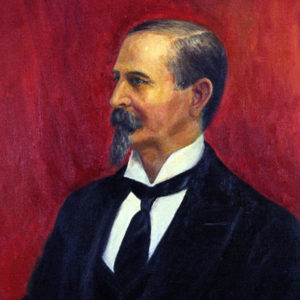 Daniel Jones
Daniel Jones
Time Period: Post-Reconstruction through the Gilded Age (1875 - 1900) - Starting with J
 Daniel Jones
Daniel Jones
Jones, Daniel Webster
Jones, Green Hill
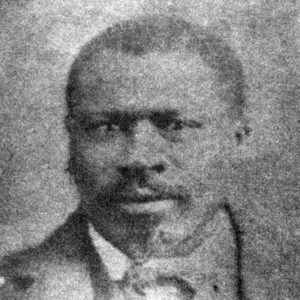 Green Hill Jones
Green Hill Jones
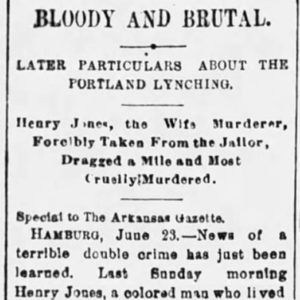 Henry Jones Lynching Article
Henry Jones Lynching Article
Jones, Henry (Lynching of)
 Henry Jones Lynching Article
Henry Jones Lynching Article
 J. K. Jones
J. K. Jones
Jones, James (Lynching of)
Jones, James Kimbrough
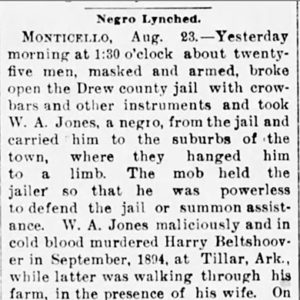 James Jones Lynching Article
James Jones Lynching Article
 James Jones Lynching Article
James Jones Lynching Article
Jones, Jesse (Execution of)
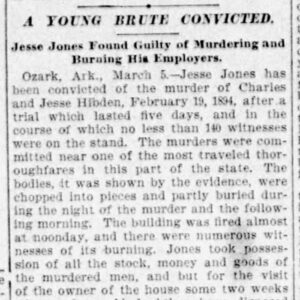 Jesse Jones Conviction Story
Jesse Jones Conviction Story
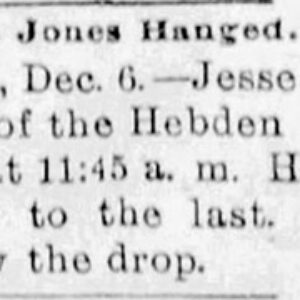 Jesse Jones Execution Story
Jesse Jones Execution Story
 Wiley Jones with Horse
Wiley Jones with Horse
Jones, Wiley
aka: Walter Jones
 Wiley Jones
Wiley Jones
 Wiley Jones's Streetcar Stables
Wiley Jones's Streetcar Stables
 Jonesboro Lynching Article
Jonesboro Lynching Article
Jonesboro Lynching of 1881
aka: Greensboro Lynching of 1881
 Bob Jordan Lynching Article
Bob Jordan Lynching Article
Jordan, Bob (Lynching of)
Judson University
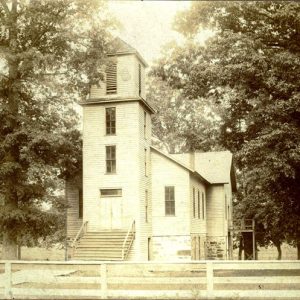 Judson University
Judson University
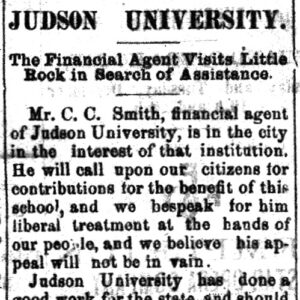 Judson University Assistance Story
Judson University Assistance Story
 Judsonia Army Band Performance
Judsonia Army Band Performance
 Judsonia Farm Ad
Judsonia Farm Ad
 Judsonia Street Scene
Judsonia Street Scene




